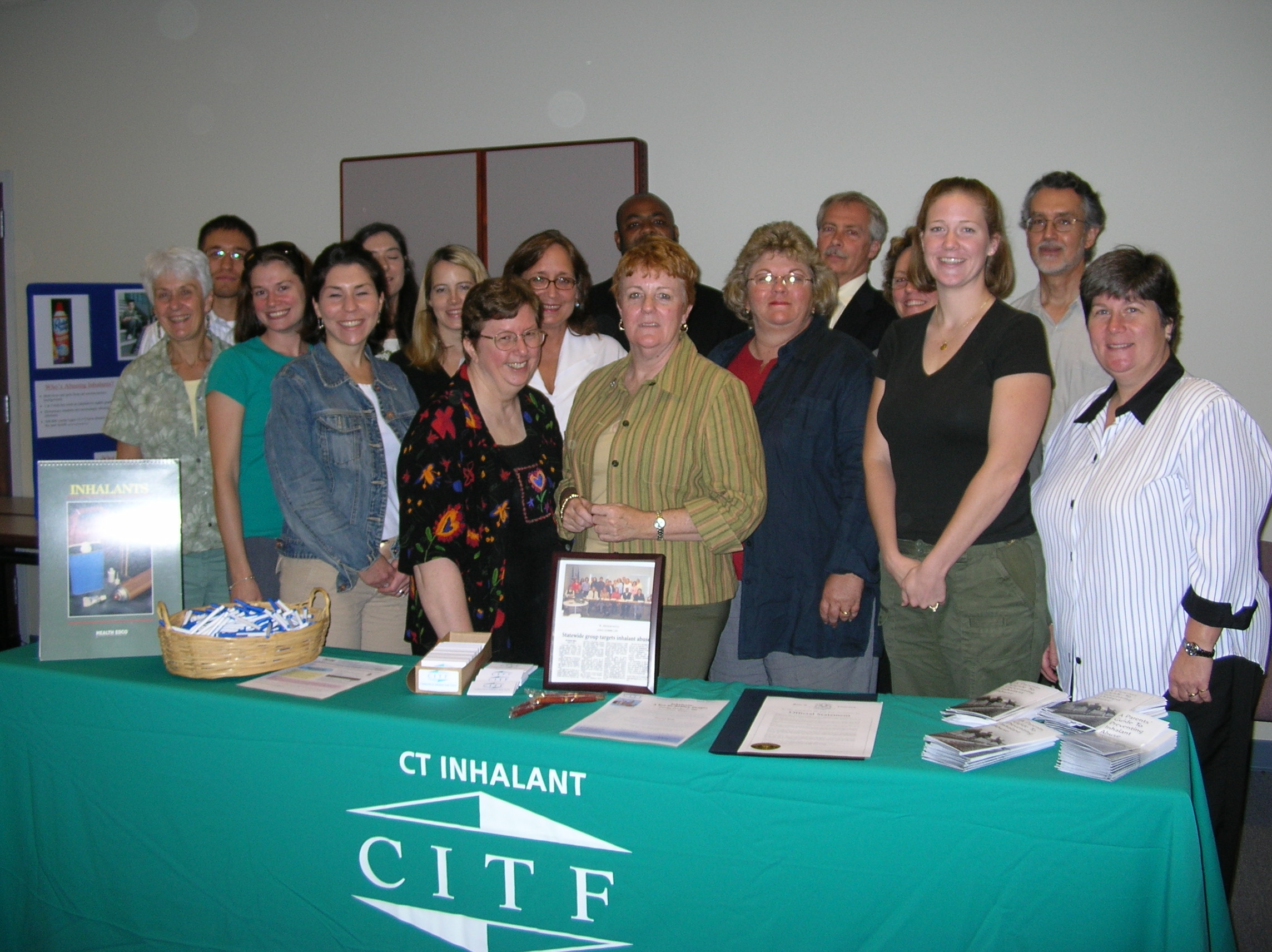| Key
Activities
| Challenges | What
We Learned
Spreading
the Message: Key Activities
|

|
|
Connecticut Inhalant Task Force
|
The
task forces and teams in the six New England states spread the message
to a wide range of constituencies using the following strategies:
Using
existing networks
The task forces and inhalant teams in the six New England states
used their pre-existing prevention networks to carry the message.
They offered presentations on inhalant abuse at scheduled trainings
and statewide conferences for teachers, school nurses, health educators,
community coalitions, prevention specialists, substance abuse counselors,
youth outreach workers, adolescent treatment staff, and foster care
staff.
Extending
the circle
They used system connectors (persons who know individuals in other
networks) to target other groups. Some examples of their reach are:
-
Police, EMTs and other first responders have shown interest in
making inhalant abuse training part of their professional training.
- Task
force members approached Head Start programs to introduce the
message to preschoolers and their parents.
- State
toxicologists are examining ways to collect data on inhalant-related
deaths
-
Schools have requested a sample scent-reduced environment policy
developed by Northern New England Poison Center.
-
Connecticut Task Force designed church bulletin inserts to accompany
family discussions in coordination with the Clergy for a Drug
Free Society.
-
Strategic advocacy by a parent support group in New Hampshire
resulted in the removal from local supermarket shelves of aerosol
products specifically marketed to boys.
-
Task force members provided training to hospital emergency room
staff at Grand Rounds.
- Local
and national retailers have been quizzed about how they restrict
inhalable products to minors.
Understanding the problem at a local level
It’s essential to collect data on the hot spots of inhalant
use, so that those areas can be targeted directly. It is also important
to recognize cultural differences in how inhalants are used and
how they are valued in specific cultures.
Working
with an inhalant champion
In Massachusetts, the person in charge of media is a member of the
task force. Whenever the Department of Public Health puts out a
piece of information for parents on substance abuse prevention,
she makes sure that there is accurate and timely information about
inhalant abuse included. Inhalants are not spotlighted, because
that’s often what does not persist. What persists is what
fits into what the Department is already doing.
Working
with the media
States worked to establish relationships with the press so that
when inhalant issues came up they would address the dangers of inhalant
abuse without them telling kids what to use and how to use it. They
also developed frequently asked question for the press and other
professionals, and put that on their website.
|




